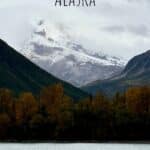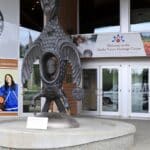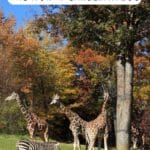Exploring the Alaska Wildlife Conservation Center: A Journey Through Conservation and Wildlife Protection
Nestled in the heart of Alaska’s breathtaking wilderness, the Alaska Wildlife Conservation Center (AWCC) offers visitors a unique opportunity to observe and learn about the diverse wildlife that calls the Last Frontier home. Located just south of Anchorage along the Seward Highway, the AWCC is a nonprofit organization dedicated to conserving Alaska’s iconic wildlife species through education, research, and habitat preservation. Whether you’re a first-time visitor or a seasoned nature enthusiast, the Center provides an unforgettable experience while showcasing the importance of wildlife conservation and protection efforts in one of the most pristine and wild places on Earth.
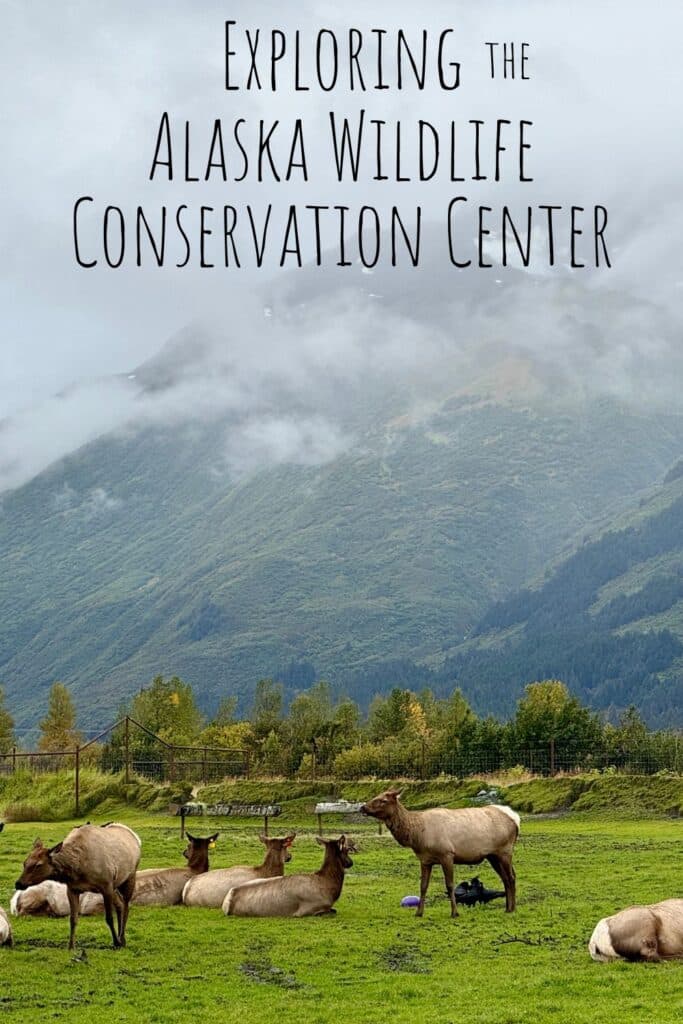
The Alaska Wildlife Conservation Center: A Sanctuary for Native Species
The Alaska Wildlife Conservation Center is not just a zoo or wildlife park—it’s a sanctuary for animals that may no longer thrive in the wild due to injury, habitat loss, or other factors. The center is a critical part of the region’s larger conservation efforts, helping to restore populations of vulnerable species, facilitate breeding programs, and educate the public about the importance of preserving Alaska’s rich biodiversity.
Spanning 200 acres, the AWCC is home to a range of Alaskan species, many of which have been rescued or relocated to the center due to various circumstances. These animals live in spacious enclosures designed to mimic their natural environments as much as possible. The center also serves as an educational hub for visitors, offering a chance to see wildlife up close, learn about the challenges these animals face, and support broader conservation initiatives.
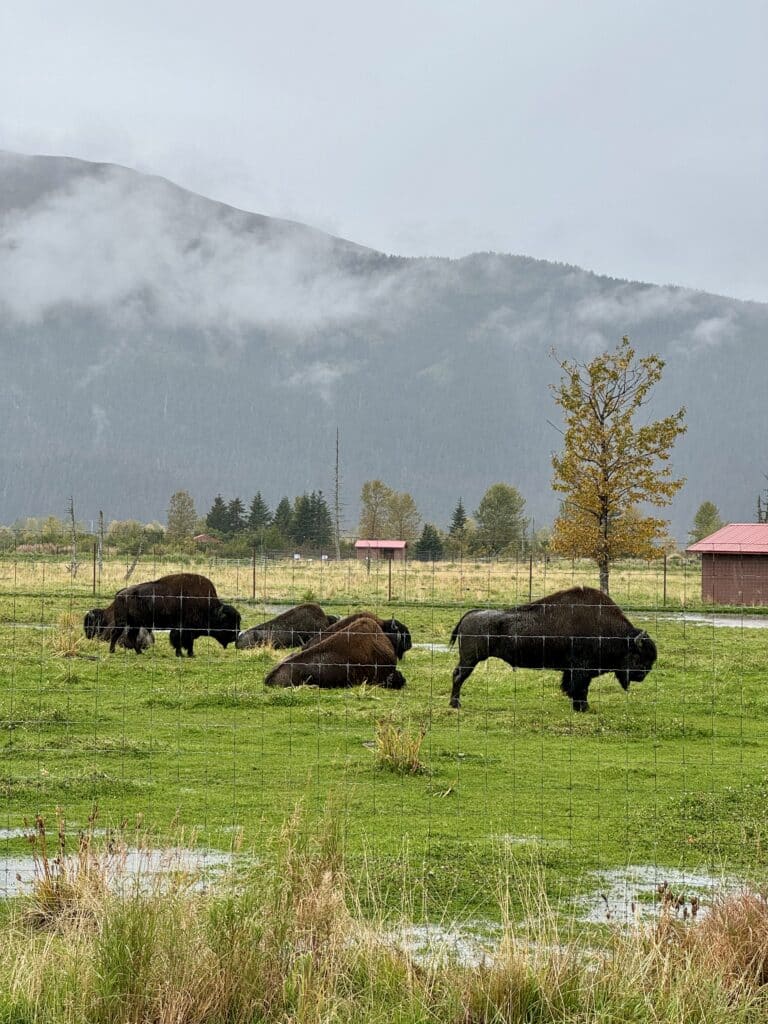
Alaska’s Iconic Animals at the Center
The Alaska Wildlife Conservation Center is home to many of the state’s most iconic and majestic animals, ranging from large predators to grazing herbivores. Here are just a few of the remarkable species you might encounter during your visit:
Brown Bears and Black Bears
Alaska is synonymous with bears, and the AWCC is a perfect place to get a closer look at both brown bears (also known as grizzly bears) and black bears. These animals are essential to Alaska’s ecosystem, serving as top predators and key players in maintaining the balance of nature.

The center’s bears, some of which have been rescued due to injuries or the encroachment of human development, live in large enclosures designed to give them plenty of space to roam. Visitors can watch these powerful creatures forage, swim, and interact with their environment, providing a glimpse into the complex lives of these apex predators. The AWCC’s education programs also emphasize bear behavior, the risks they face from human activity, and the importance of respecting their habitats.

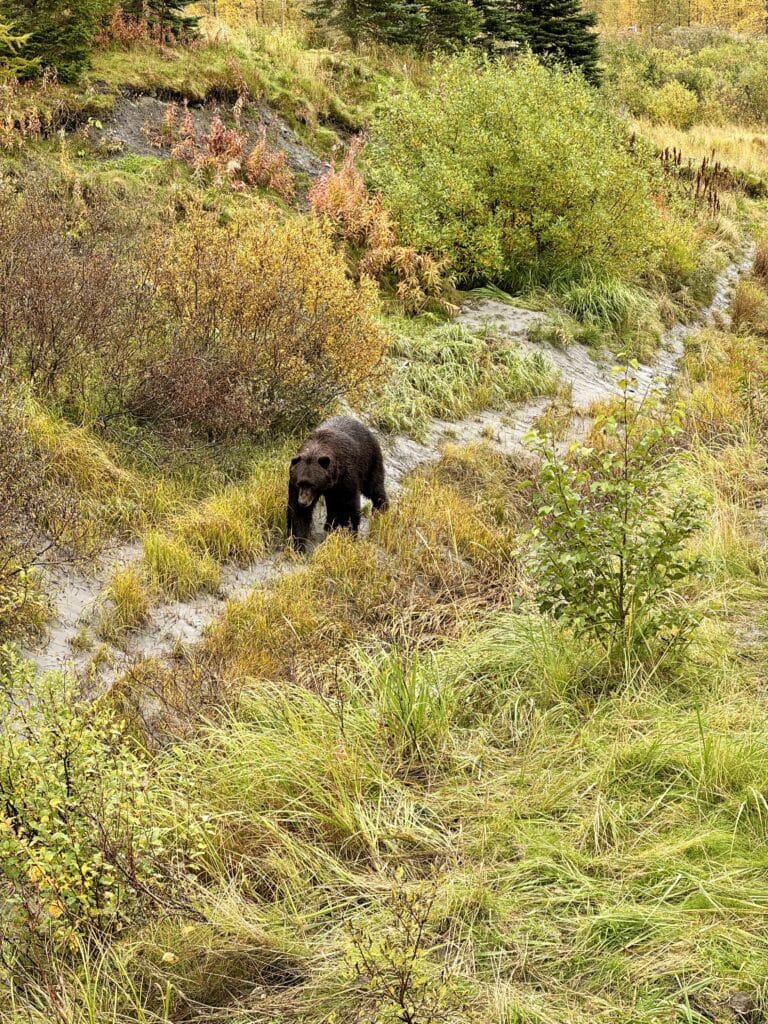
Wood Bison
Wood bison, once nearly extinct due to overhunting and habitat loss, are a symbol of the American West. The AWCC has a herd of bison that visitors can observe as they roam freely within their habitat. These magnificent animals were once integral to the indigenous peoples of the Americas and play an important ecological role by helping to shape the landscape. The AWCC’s bison program is part of a broader effort to ensure their survival and reintroduction into Alaska’s natural landscapes.



Moose
The moose is another iconic Alaskan species, with its massive antlers and solitary, sometimes elusive nature. At the AWCC, moose are often found grazing near ponds or wandering the wooded areas of their enclosures. These solitary creatures are a favorite among visitors, who enjoy watching them feed on shrubs and water plants.
Moose face numerous challenges in the wild, including habitat loss, diseases, and the effects of climate change. The AWCC plays an important role in monitoring moose populations and educating the public about their ecology, behavior, and the conservation efforts needed to ensure their survival.
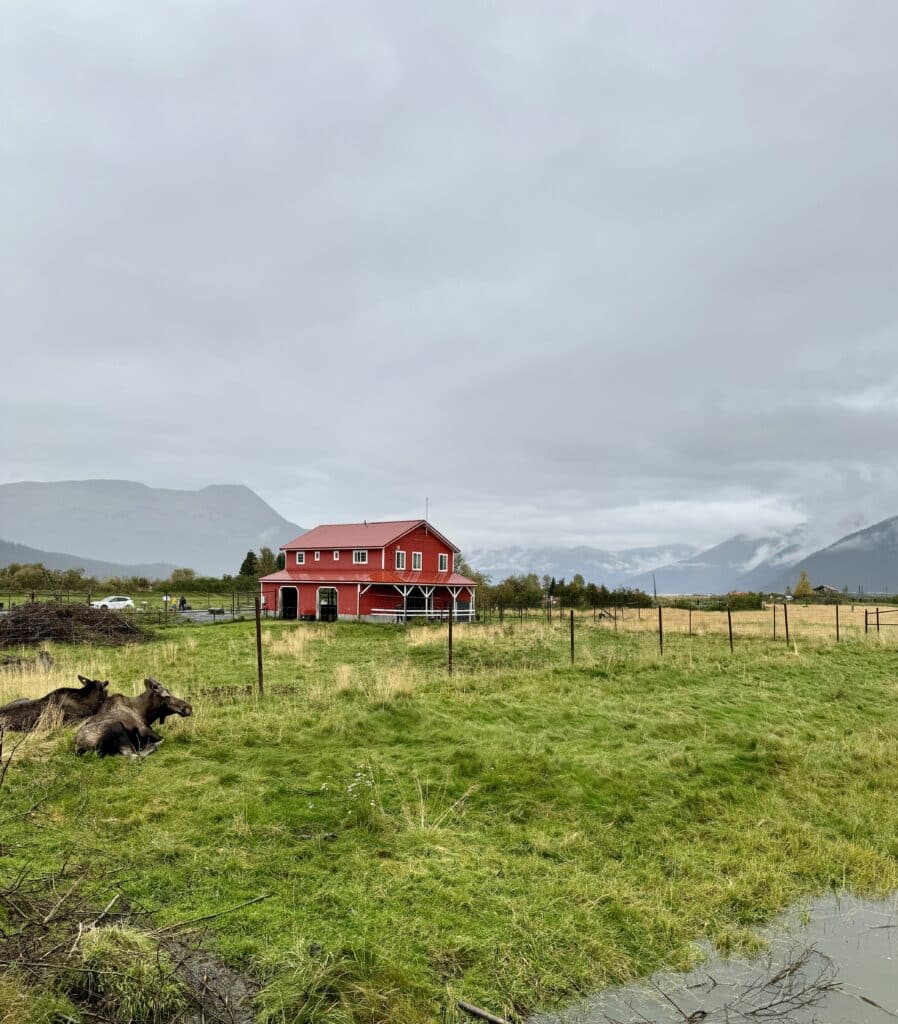
Caribou
Caribou are an iconic species in the Arctic and sub-Arctic regions of North America. Known for their incredible migratory patterns, caribou are vital to the ecosystems they inhabit. The AWCC provides a home to several caribou, allowing visitors to observe these graceful animals in a naturalistic environment. Caribou populations in Alaska have been under threat due to climate change, industrial development, and human encroachment, making the AWCC’s conservation efforts all the more vital.
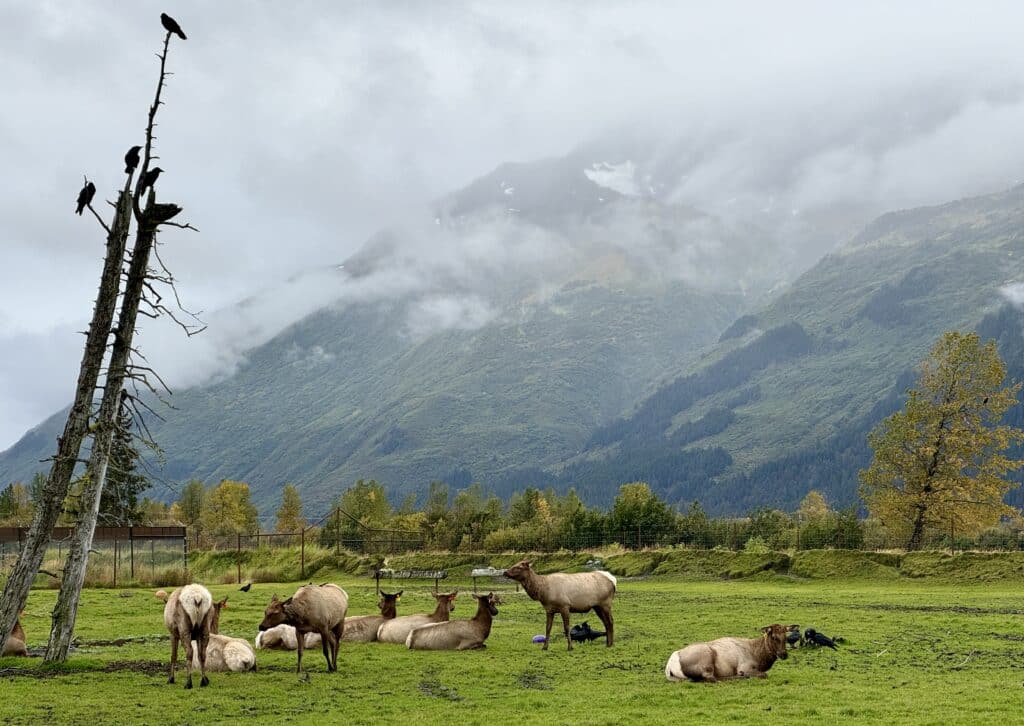
Wolves
Alaskan wolves are another important predator species featured at the AWCC. Wolves play a crucial role in regulating the populations of other animals, which helps to maintain the health and balance of the ecosystem. The AWCC’s wolves, typically residing in large enclosures that mimic the wild, offer visitors a rare glimpse into the behavior of these social carnivores.
The wolves at the AWCC have often been rescued from situations where they could not survive on their own in the wild, such as from the pet trade or from human-wildlife conflicts. The center works to educate visitors about the vital role wolves play in their ecosystems, the threats they face, and the ethical challenges of human-wildlife interactions.
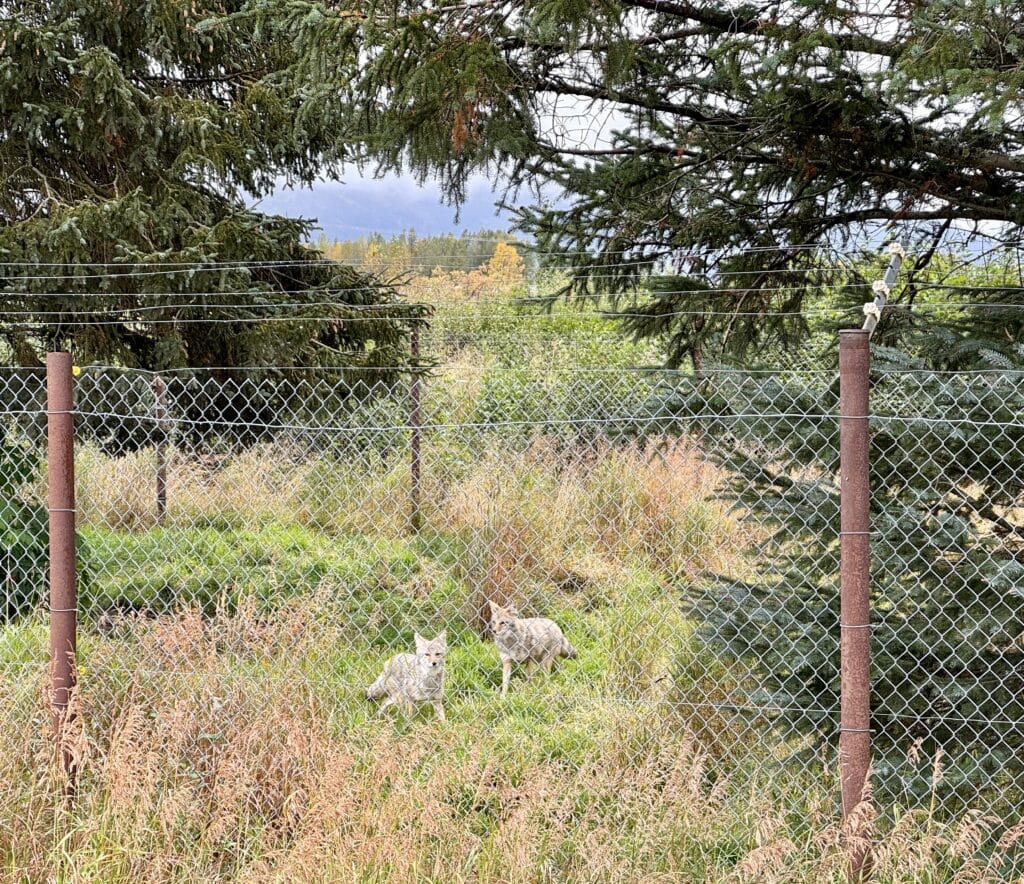
Musk Oxen and Other Alaskan Residents
In addition to the species mentioned above, the AWCC is also home to a variety of other Alaskan animals, including musk ox, reindeer, lynx, and birds of prey like eagles and owls. Musk ox, with their thick coats and iconic horns, are a symbol of the Arctic tundra, and their presence at the AWCC helps to raise awareness about this ancient species.

Visitors to the center may also see other animals, such as foxes, coyotes, porcupines, owls, which further exemplify the diversity of Alaskan wildlife.
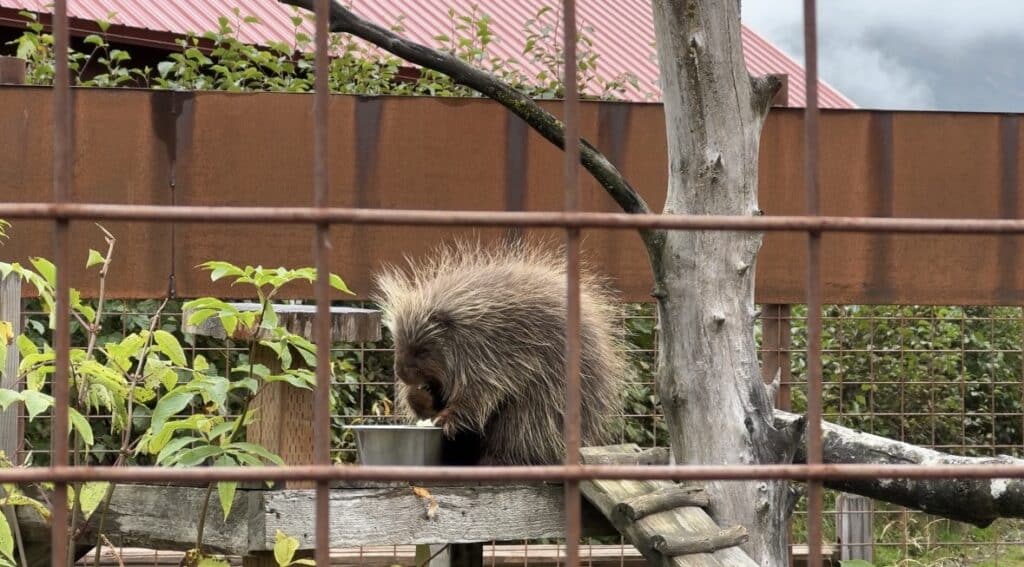
Conservation and Protection Efforts: Why They Matter
The animals at the AWCC are more than just fascinating creatures to observe—they are ambassadors for broader conservation efforts aimed at protecting Alaska’s wildlife and preserving the natural environment. The AWCC’s work is rooted in the belief that in order to ensure the future of these species, we must understand the threats they face and take action to mitigate those risks.
Habitat Preservation
One of the key tenets of the AWCC’s mission is habitat preservation. As human development continues to expand across Alaska, natural habitats for wildlife are being fragmented or destroyed. Whether it’s through logging, mining, or the construction of roads and buildings, these activities reduce the space in which animals can live, hunt, and thrive. The AWCC works to raise awareness of these issues and advocates for policies that protect the state’s vast and wild landscapes.

Wildlife Education and Public Awareness
Through educational programs, wildlife exhibits, and visitor experiences, the AWCC plays an integral role in fostering greater public awareness of wildlife issues. Visitors are encouraged to learn about the biology and behavior of the animals they see, as well as the ways in which human actions can impact wildlife populations. The center’s educational outreach extends to local schools, universities, and community groups, helping to inspire the next generation of conservationists.
Rescue and Rehabilitation
The AWCC also serves as a critical rescue and rehabilitation center for animals that have been injured or displaced due to human activities. Many of the animals at the center were once unable to survive in the wild due to illness, injury, or conflict with human settlements. In some cases, the AWCC has provided a permanent home for these animals, where they can live out their lives safely, away from the dangers of human activity. The center also works in conjunction with other wildlife organizations to rehabilitate animals and return them to their natural habitats when possible.

Breeding Programs
Some of the species at the AWCC, such as wood bison and musk oxen, are part of breeding programs designed to help rebuild populations that were once near extinction. These programs are essential for ensuring genetic diversity and supporting the long-term health of animal populations in Alaska. By working with scientists, conservationists, and wildlife managers, the AWCC plays a pivotal role in these recovery efforts.
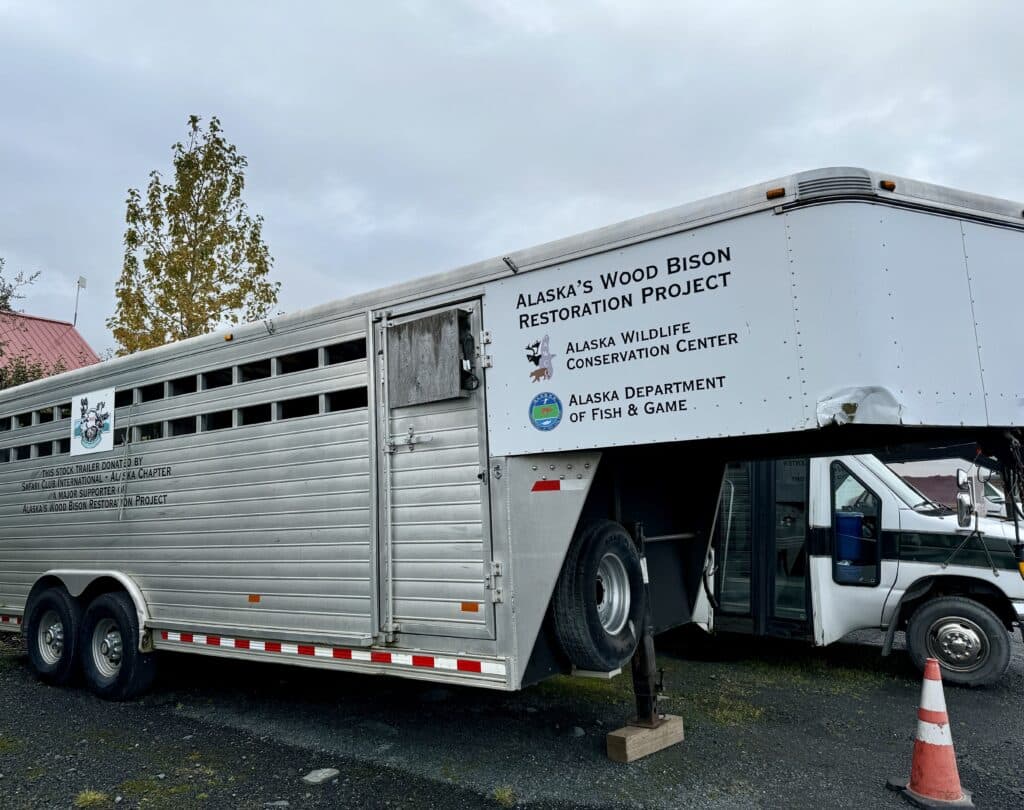
Visiting the Alaska Wildlife Conservation Center: What to Expect
A visit to the AWCC is a great way to learn more about Alaska’s incredible wildlife and support efforts to protect these species. The center offers self-guided tours as well as opportunities for educational programs, animal encounters, and special events. Visitors can walk along the spacious trails and observe the animals in naturalistic settings, take part in interpretive talks with knowledgeable staff, or even participate in behind-the-scenes tours to learn more about the center’s conservation work.
The AWCC is open year-round, although peak visitation occurs during the summer months when wildlife is most active. Whether you visit in the summer to see animals in full view or in winter to witness the stark beauty of Alaska’s snow-covered landscapes, the experience is sure to be awe-inspiring.
The Importance of Conservation in Alaska
The Alaska Wildlife Conservation Center is more than just a place to see animals—it’s a vital institution working tirelessly to protect and conserve the state’s iconic wildlife species. By supporting the AWCC through visits, donations, and education, visitors help ensure that these animals continue to thrive in the wild for generations to come. The center’s efforts demonstrate the importance of understanding the relationship between humans and wildlife, and the critical role each of us plays in preserving the natural world.
Whether you’re observing the raw power of a bear, the graceful movements of a moose, or the playful antics of a lynx, a visit to the AWCC is a reminder of the delicate balance that sustains life in Alaska’s wild places—and the need for continued action to protect these extraordinary creatures.

